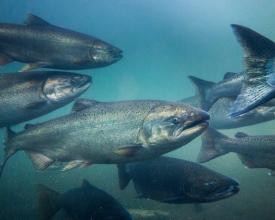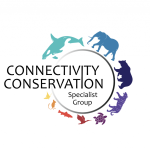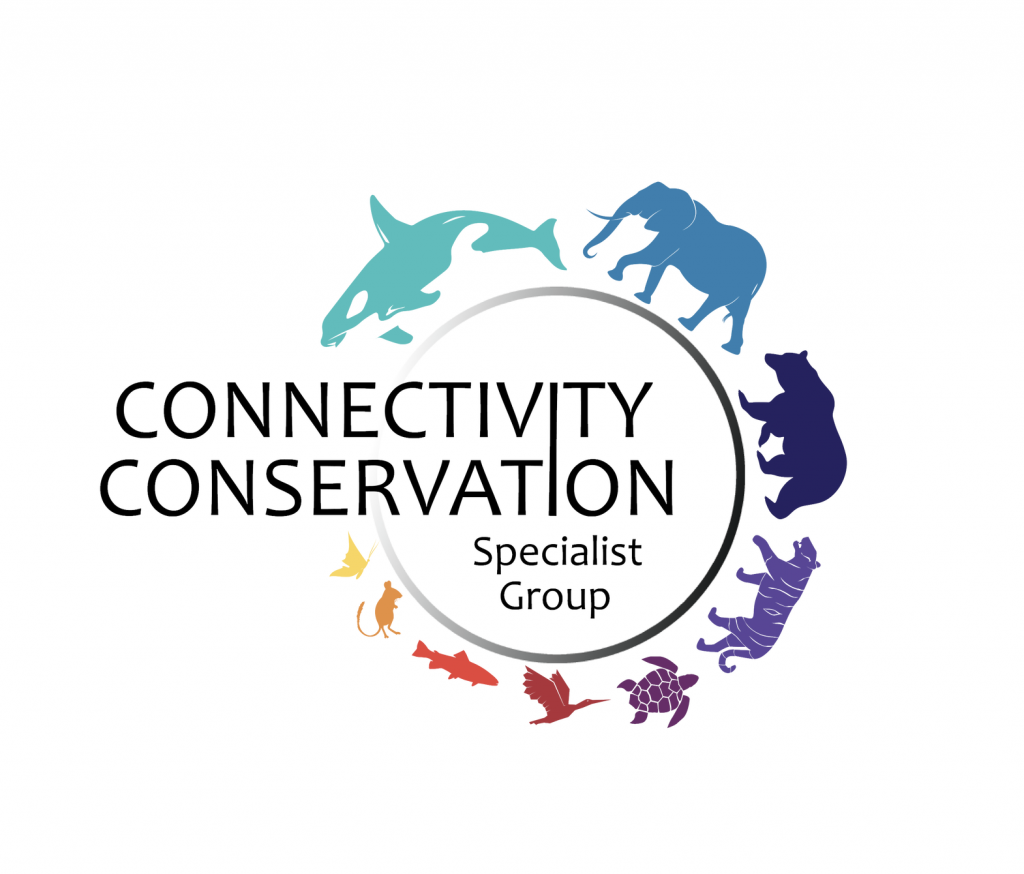
Pacific salmon watersheds: Restoring lost connections

Over the last several decades, increased dam removal and mitigation to benefit salmon and other species of fish has become more widespread. Across the USA, more than 2,000 dams have been removed since 1912, with the vast majority having occurred in the past couple of decades. The dam removal process occurs through a decentralized decision-making process that involves numerous stakeholder groups, including federal agencies, state agencies and private dam owners. Although some dam removals have been voluntary, many have been the result of legal proceedings set in place by the Federal Energy Regulatory Commission (FERC).
Initial removal efforts focused on older dam structures, which cost too much to maintain and no longer complied with modern safety standards. In recent years the focus for dam removal leans towards environmental protection and habitat restoration. In the USA, the Wild and Scenic River Act (1968) is a legal mandate to preserve rivers having natural, cultural and recreational values in a free-flowing state.
Impacts
The removal of dams has led to renewed riverine fluxes of sediments and increased habitat through river delta growth and the incursion of woody debris. The increased supply of sediment and natural debris to the fluvial system restored channel morphology to its former complexity and resulted in increased river braiding, sediment-bar growth, and pool filling. With renewed connectivity of these rivers’ upstream habitat and seascape, many are experiencing an increased return of several salmon species (Chinook, coho, chum, sockeye, and pink) as well as anadromous trout (e.g. Steelhead and Bull trout).
In one case study, conducted in the early 2010s on the Elwha River in Washington State, scientists have already observed record numbers of returning Chinook salmon, with high returns anticipated to follow for other species (Law & Moore, 2020). About 30,000 Chinook and coho salmon and 270,000 pink salmon are expected to return annually. Salmon returns will eventually sustain local and regional fisheries. The Elwha is one of many coastal catchments that has protected salmon habitat in its headwaters but whose connectivity to the seascape was severed. As illustrated by the Elwha project, dam removal and restoration of the free-flowing status of rivers can effectively connect protected headwaters with the seascapes on which migratory fishes such as salmon depend.








